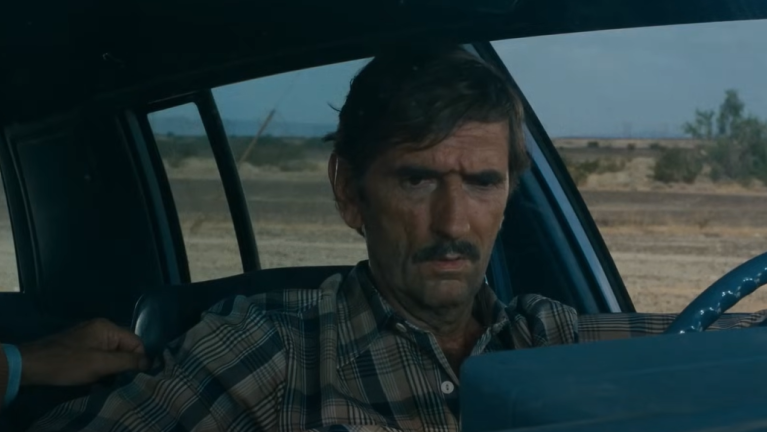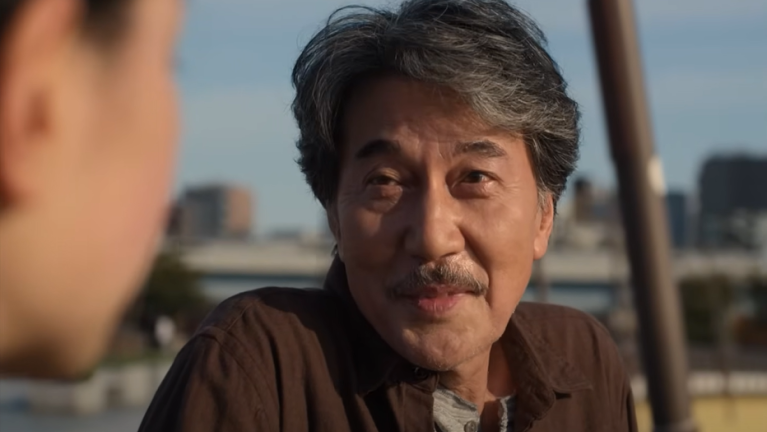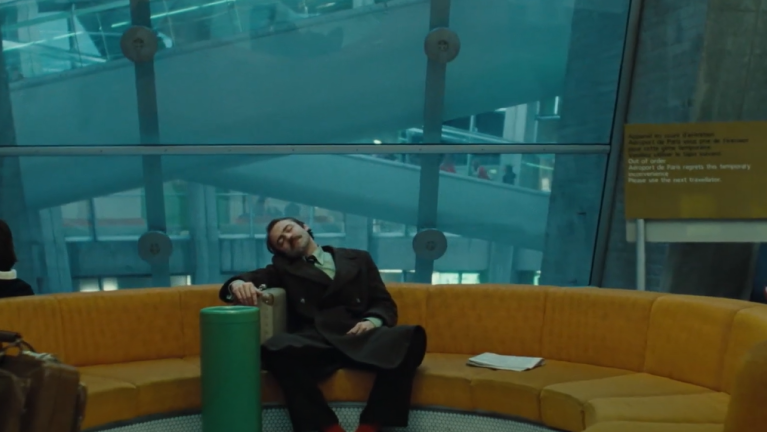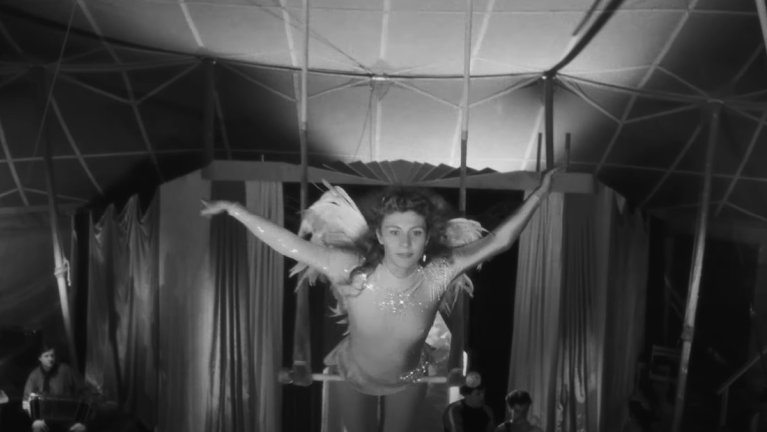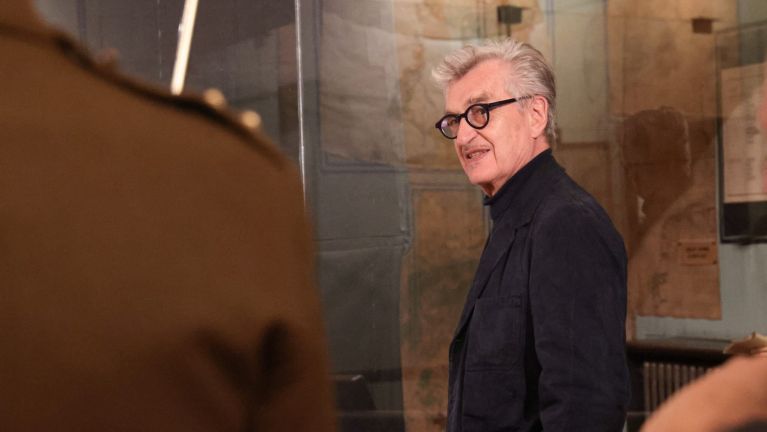Wim Wenders - travelling the world through film
Wim Wenders has made a name for himself not just as one of Germany’s leading directors but also as a photographer.
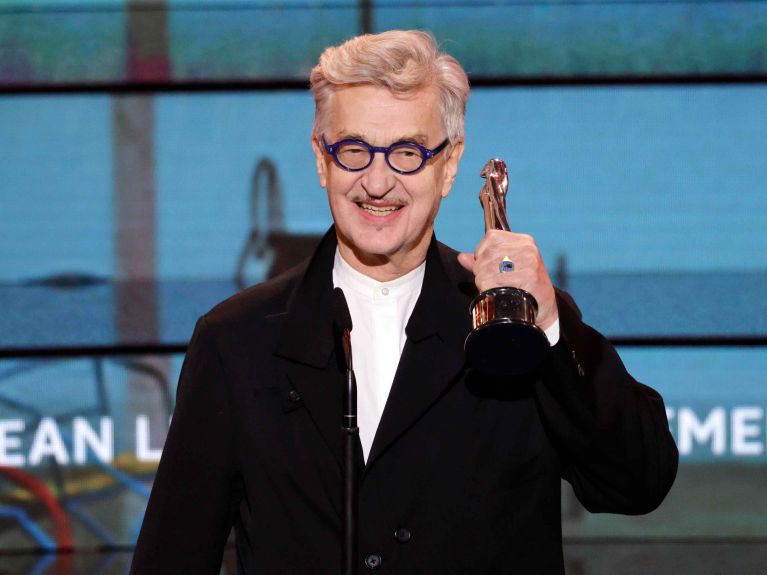
Wim Wenders has said that, more than anything else, he is a “traveller”. Travel plays a significant part in his films, from “Paris, Texas”, for which Wenders won the Palme d’Or in Cannes in 1984, to “Buena Vista Social Club”, his film about music for which he won the European Film Prize and received an Oscar nomination in 1999. It’s also a significant element of his most recent feature film, “Perfect Days”, which entered the 2024 race for an Oscar as a Japanese candidate.
From Texas to Tokyo via Havanna
While Wenders’ melancholy road movie “Paris, Texas” features Travis (played by Harry Dean Stanton) trying to find his ex-wife Jane (Nastassja Kinski), the other two films draw on Wenders’ own travels. The director took a trip to Havanna for “Buena Vista Social Club”, and headed to Tokyo for “Perfect Days”, where the film took only a few days to make. The fact that “Perfect Days” was the first work by a non-Japanese director to be nominated as a Japanese Oscar candidate says much about Wenders’ qualities as a director, and bears witness to his reverence for Japanese culture.
Dieses YouTube-Video kann in einem neuen Tab abgespielt werden
YouTube öffnenThird party content
We use YouTube to embed content that may collect data about your activity. Please review the details and accept the service to see this content.
Open consent formA love of analogue
If you don’t know much about Wim Wenders, “Perfect Days” is a great place to start, as Wenders has put a lot of himself into the central character, a toilet cleaner called Hirayama (Koji Yakusho). Hirayama doesn’t just love his routines: he also loves the music of Lou Reed and Patti Smith, which he listens to on analogue cassette tapes. He takes photos with a film camera and reads books by William Faulkner and Patricia Highsmith. This love of analogue technologies, photography, music and American culture also shapes the work of Wenders, who was born in Düsseldorf in 1945.
Dieses YouTube-Video kann in einem neuen Tab abgespielt werden
YouTube öffnenThird party content
We use YouTube to embed content that may collect data about your activity. Please review the details and accept the service to see this content.
Open consent formWenders’ first steps as a film-maker
Many of these traits are evident in his debut movie, “Summer in the City” (1970). Shot on 16mm black-and-white film, it was Wenders’ final year project at the University of Television and Film in Munich. Nobody would have expected Wenders to end up in Bavaria, as he initially wanted to become a painter, priest or saxophonist, but he went on to revitalise German cinema in the 1970s alongside Rainer Werner Fassbinder, Werner Herzog and others. Two of his most beautiful early films are “Alice in the Cities” (1974) and “Kings of the Road” (1976), in which Wenders puts his own spin on the all-American road movie genre by including elements such as sensitive male characters.
Dieses YouTube-Video kann in einem neuen Tab abgespielt werden
YouTube öffnenThird party content
We use YouTube to embed content that may collect data about your activity. Please review the details and accept the service to see this content.
Open consent formHollywood and trauma
When it came to adapting Patricia Highsmith’s “The American Friend” for the screen in 1977, Wenders put American friends such as Dennis Hopper, Nicolas Ray and Samuel Fuller in front of the camera. The film’s success led to the US director Francis Ford Coppola bringing Wenders to the USA where he made his Hollywood debut with “Hammett” in 1982. But filming the movie was a traumatic experience for Wenders, who felt too constricted in Hollywood. In an effort to process what he had gone through, he made “The State of Things”, for which he was awarded the Golden Lion at the Venice Film Festival in 1982. This was followed two years later by the top prize at Cannes for “Paris, Texas” and “Wings of Desire” (1987), probably his most famous movie.
Dieses YouTube-Video kann in einem neuen Tab abgespielt werden
YouTube öffnenThird party content
We use YouTube to embed content that may collect data about your activity. Please review the details and accept the service to see this content.
Open consent formMaking a comeback with documentaries
“Wings of Desire” features Bruno Ganz and Otto Sander as two angels who are in love with a woman. Above all, the movie’s power comes from the poetic black-and-white images of Berlin, at the time still a divided city. Alongside Ganz and Sander, the cast includes Peter Falk and Nick Cave. Since then almost all of Wenders’ feature films have been flops, but he made a stunning comeback as a documentary film-maker with “Buena Vista Social Club” in 1999. Working with the choreographer Pina Bausch, he made “Pina”, his first 3D movie in 2011. He employed the technology again for the feature film “Every Thing Will Be Fine” (2015), but the result was somewhat of a disappointment.
Dieses YouTube-Video kann in einem neuen Tab abgespielt werden
YouTube öffnenThird party content
We use YouTube to embed content that may collect data about your activity. Please review the details and accept the service to see this content.
Open consent formNew perspectives in 3D
Wenders enjoyed another hit in 2014 with “The Salt of the Earth”, a documentary about the Brazilian photographer Sebastião Salgado. He also made a 2018 documentary about Pope Francis (“A Man of his Word”), following this up in 2023 with “Anselm”, a 3D documentary about the major German painter Anselm Kiefer. Here, 3D technology proved a huge benefit, as it puts the audience within touching distance of Kiefer’s artistry. The film also shows how Wenders has lost of none of his interest in painting, just as he remains passionate about music and religion. Wenders, who celebrates his 80th birthday on 14 August this year, is currently making a 3D documentary about the architect Peter Zumthor. He has also recently released a short film entitled “Die Schlüssel zur Freiheit” (“The Keys to Freedom”) in which he tells his own story, connecting the night of 7 May 1945 to the situation today in Europe and the world. Wenders continues his journeys in film.
Dieses YouTube-Video kann in einem neuen Tab abgespielt werden
YouTube öffnenThird party content
We use YouTube to embed content that may collect data about your activity. Please review the details and accept the service to see this content.
Open consent form